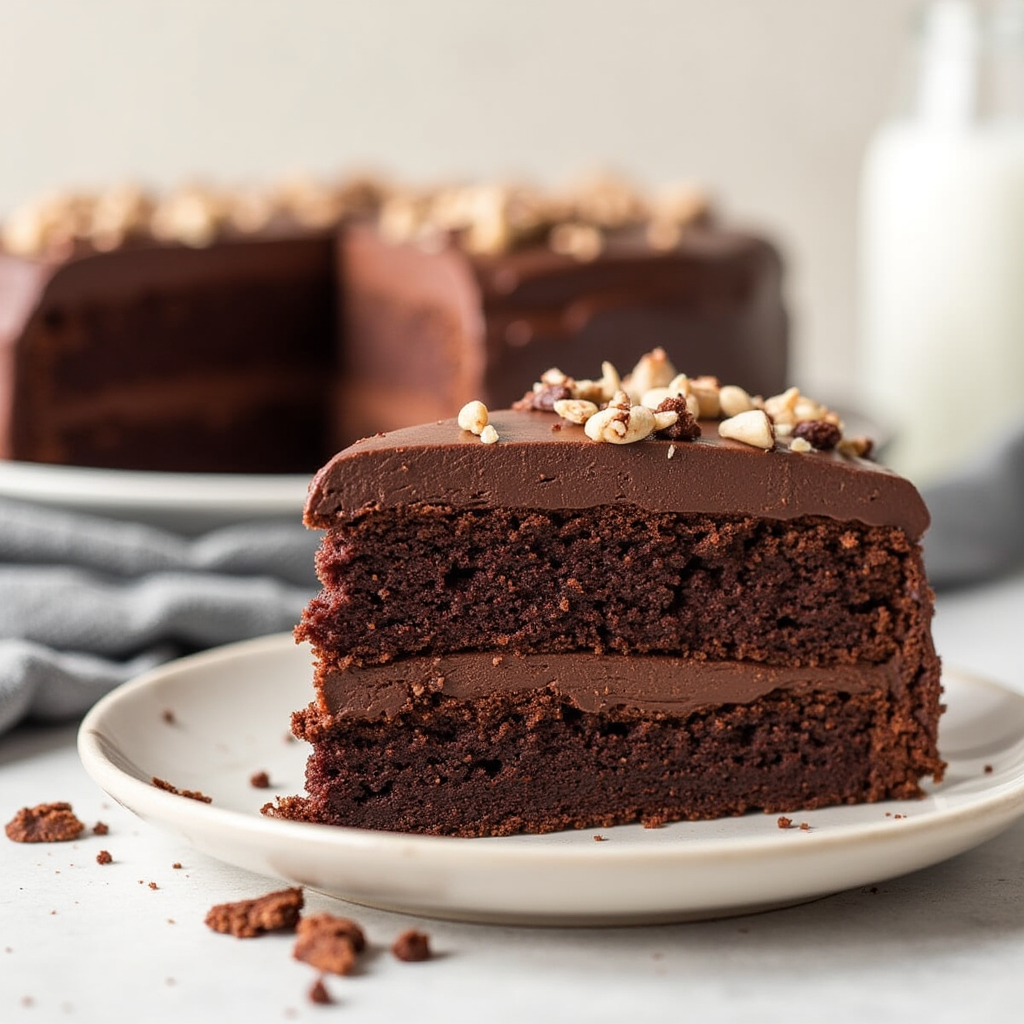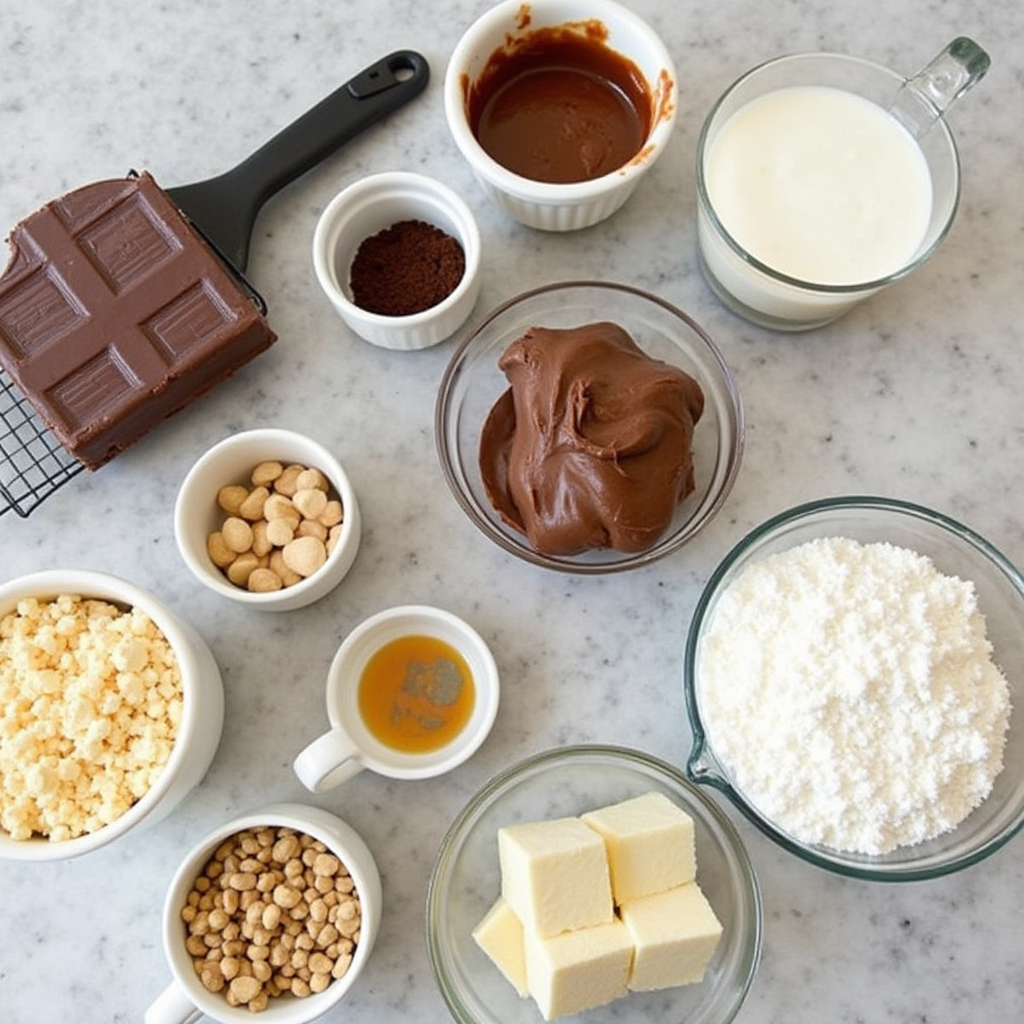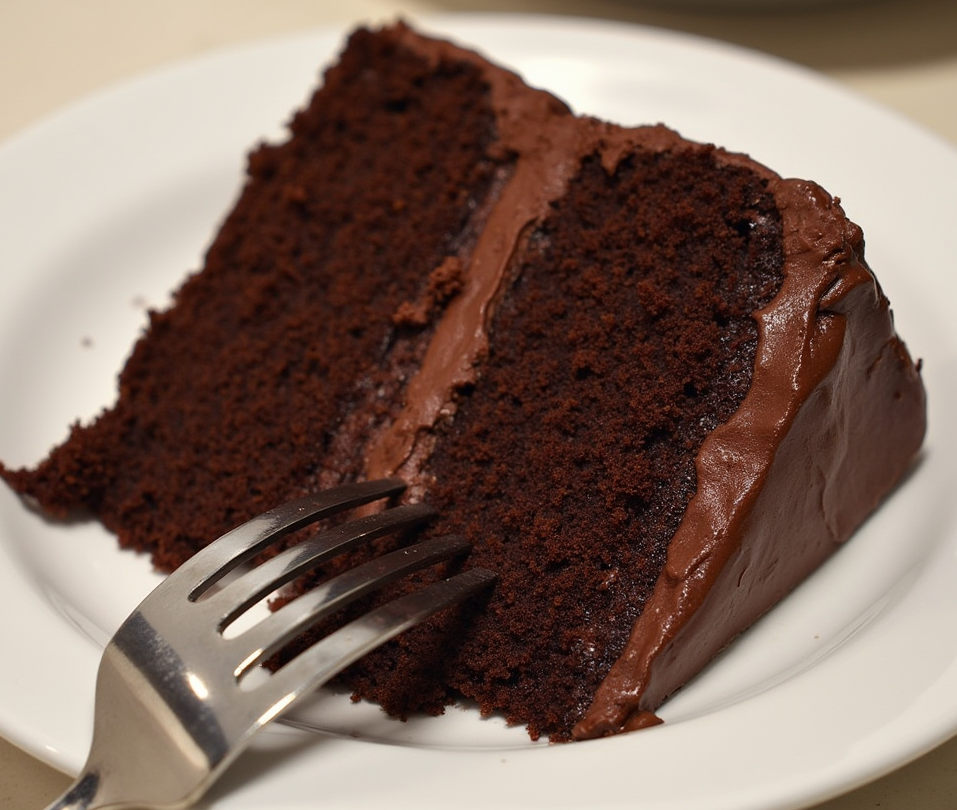When it comes to indulgent desserts, few can compete with the richness and decadence of a chocolate fudge cake. This beloved dessert combines the smooth, melt-in-your-mouth texture of fudge with the familiar comfort of cake, creating a treat that is both luxurious and deeply satisfying. Whether served as a centerpiece for special occasions or enjoyed as a weekend indulgence, chocolate fudge cake is a favorite among chocolate lovers. In this article, we will take an in-depth look at everything you need to know to perfect this iconic dessert. From its fascinating history to the science behind achieving that perfect fudge texture, you’ll find all the details necessary to bake the ultimate chocolate fudge cake.
The History of Chocolate Fudge Cake
this cake has a rich history that traces back to the evolution of both chocolate and baking traditions. While the exact origin of this cake is not well-documented, chocolate-based cakes began gaining popularity in the 19th century when chocolate became more accessible to home bakers. As innovations in chocolate processing improved, cakes incorporating the ingredient began evolving from simple sponges to richer, denser varieties. The chocolate fudge cake specifically became famous for its moist, almost brownie-like consistency, which distinguishes it from other types of chocolate cake. Today, it is celebrated for its decadent flavor and fudgy texture that makes it a standout dessert in bakeries and homes alike.
Essential Ingredients for a Perfect Chocolate Fudge Cake
Creating the perfect chocolate fudge cake starts with selecting the right ingredients. Each component plays a crucial role in determining the cake’s texture, flavor, and overall quality. Here’s what you need to keep in mind:
Choosing the Right Chocolate
The star ingredient in any chocolate fudge cake is, of course, chocolate. But not all chocolate is created equal. To achieve a truly indulgent cake, opt for high-quality dark chocolate with a cocoa content of at least 70%. This will lend a deep, rich flavor to your cake without making it overly sweet. You can also experiment with different types of chocolate, such as semisweet or bittersweet varieties, depending on your preference.
The Importance of High-Quality Butter
Butter adds both flavor and moisture to your chocolate fudge cake, so it’s essential to use high-quality, unsalted butter. The fat content in butter contributes to the cake’s fudgy texture by keeping it moist and soft. Additionally, butter enhances the overall richness of the cake, making each bite more satisfying. Always use room temperature butter for easier mixing and better incorporation with other ingredients.
Eggs: The Binding Power
Eggs serve as the binding agent in your chocolate fudge cake, holding the ingredients together and ensuring a uniform texture. Fresh eggs at room temperature will provide better structure and help the cake rise without becoming too dry. Eggs also contribute to the cake’s moisture, which is vital for achieving the signature fudgy texture.

The Science Behind Fudge Texture
Achieving the perfect fudge texture in your chocolate fudge cake is more than just following a recipe. It requires understanding the science behind the ingredients and how they interact during the baking process.
How Fat Content Affects Moisture
The fat content in your cake, primarily from butter and chocolate, plays a significant role in keeping your chocolate fudge cake moist. Fats slow down gluten development, resulting in a softer, more tender crumb. If you want an even fudgier texture, consider using a bit of oil alongside the butter, as oil retains moisture better over time.
Controlling Sugar Crystallization
Sugar doesn’t just sweeten your cake; it also affects the texture. Controlling sugar crystallization during the baking process ensures that your cake maintains a smooth, fudgy consistency. Overmixing or using too much sugar can lead to a grainy texture, so it’s essential to measure accurately and mix just until combined.
Step-by-Step Recipe for the Best Chocolate Fudge Cake
Now that we’ve covered the essential ingredients and science behind chocolate fudge cake, let’s dive into the step-by-step recipe to make the best version of this beloved dessert.
Preparation and Equipment
Before starting your chocolate fudge cake recipe, gather the following equipment:
- 9-inch round cake pan
- Mixing bowls
- Whisk and spatula
- Electric mixer (optional)
- Baking parchment Preheat your oven to 350°F (175°C) and grease the cake pan with butter or line it with parchment paper for easy removal.
Mixing and Combining Ingredients
Start by melting your chocolate and butter together until smooth. In a separate bowl, whisk together the sugar and eggs until light and fluffy. Gradually add the melted chocolate mixture into the egg mixture, folding gently to avoid overmixing. Sift in the flour and cocoa powder, stirring until just combined. Pour the batter into the prepared cake pan, making sure the surface is even.
Baking Tips and Temperature Control
For a perfect chocolate fudge cake, bake at a consistent temperature of 350°F. Depending on your oven, it may take anywhere from 25 to 35 minutes. The key is to bake the cake until the edges are set, but the center is still slightly soft. This underbaking technique is what gives the cake its signature fudgy texture. Allow the cake to cool completely before removing it from the pan.
Common Mistakes to Avoid When Making Chocolate Fudge Cake
Even with the best ingredients and techniques, some common mistakes can affect the outcome of your chocolate fudge cake. Here’s what to watch out for:
- Overmixing the batter, which can lead to a dense, tough cake.
- Using cold ingredients, which can prevent the batter from blending smoothly.
- Overbaking, which dries out the cake and ruins the fudgy texture.
Creative Toppings and Variations for Chocolate Fudge Cake
While a chocolate fudge cake is delicious on its own, adding creative toppings and variations can take it to the next level.
Adding a Twist with Flavored Ganache
A rich chocolate ganache is the perfect topping for a chocolate fudge cake, but why not experiment with flavors? Adding a hint of espresso, orange zest, or even chili powder can give your ganache a unique twist that complements the rich chocolate flavor.
Toppings: Fruits, Nuts, and More
To add texture and flavor contrast to your chocolate cake, consider topping it with fresh berries, toasted nuts, or even a drizzle of caramel. These toppings not only enhance the presentation but also provide a delightful contrast to the fudgy cake.
How to Store and Reheat Chocolate Fudge Cake
Storing your cake properly ensures it stays fresh and delicious for days. To store:
- Wrap the cake tightly in plastic wrap or place it in an airtight container.
- Refrigerate for up to five days or freeze for up to three months. When reheating, warm individual slices in the microwave for 10-15 seconds for that just-baked texture.

FAQs
What’s the difference between chocolate fudge cake and chocolate cake?
The primary difference between chocolate fudge cake and regular chocolate cake lies in the texture. While chocolate cake is typically light and fluffy, chocolate fudge cake is denser, richer, and has a moist, fudgy consistency. This is due to the higher fat content, often achieved by using more butter or chocolate. As a result, chocolate fudge cake delivers a more intense chocolate flavor and a melt-in-your-mouth texture, whereas chocolate cake has a lighter crumb and less concentrated chocolate taste.
What makes a chocolate cake fudgy?
A cake becomes fudgy due to the right balance of fat and moisture in the recipe. To achieve that signature fudginess, you need to use a higher amount of butter or oil, along with rich ingredients like melted chocolate. Additionally, reducing the amount of flour in the batter and avoiding overmixing will help maintain that dense, moist texture. A shorter baking time also helps retain the moisture, giving the cake its decadent, fudgy consistency.
What is the difference between chocolate cake and mud cake?
Although both cakes are chocolate-based, the main difference between chocolate cake and mud cake is their texture. Mud cake is incredibly dense and rich, with a moist, almost brownie-like consistency. On the other hand, chocolate cake is generally lighter and airier. The ingredients and baking process contribute to these differences, with mud cakes often containing more butter and chocolate, baked slowly at a lower temperature, while chocolate cakes are fluffier and baked more quickly.
How to make a cake more fudgy?
To make a cake more fudgy, you can adjust the fat-to-flour ratio by increasing the amount of butter or oil while reducing the flour. Additionally, incorporating melted chocolate instead of just cocoa powder will give the cake a richer texture. Using brown sugar instead of white can also enhance moisture, adding to the fudginess. Finally, underbaking the cake slightly will help retain moisture, creating that soft, dense texture you want in a fudgy cake.
Conclusion
In conclusion, mastering the art of this cake is a rewarding endeavor for any baker. By understanding the history, selecting the right ingredients, and following the step-by-step recipe, you can create a cake that’s rich, indulgent, and perfectly fudgy. Whether you enjoy it with creative toppings or as-is, this cake is sure to be a hit for any occasion.
